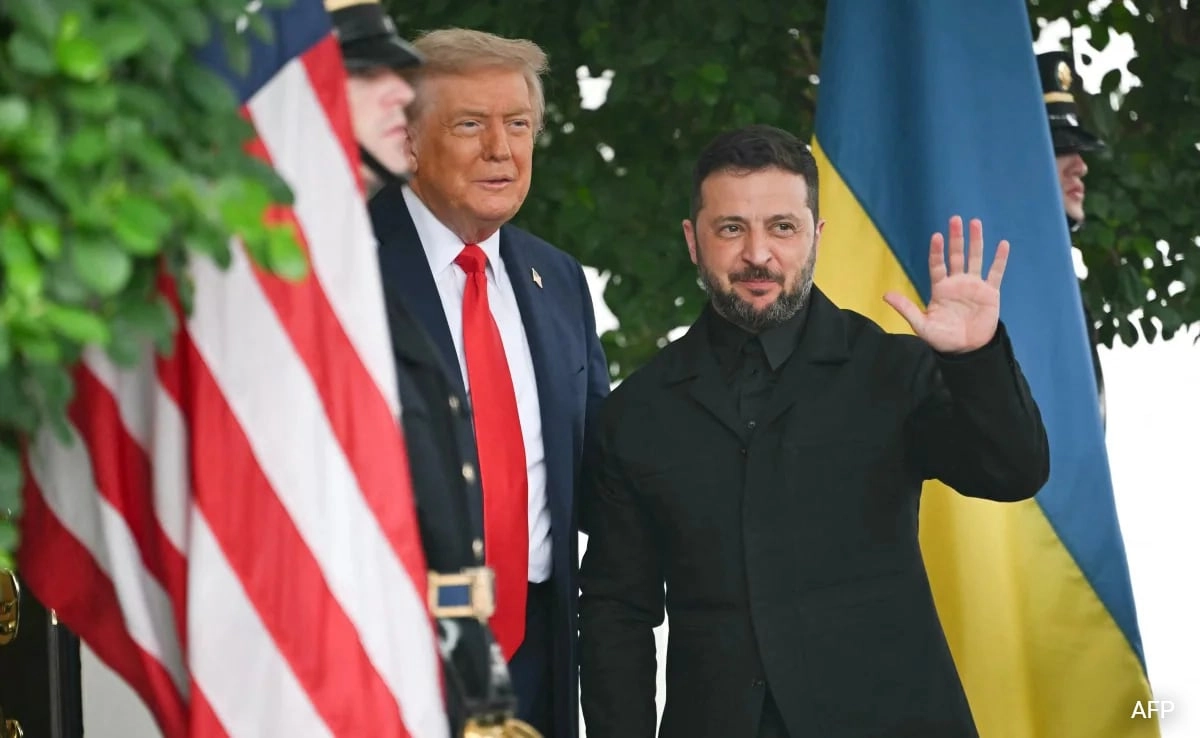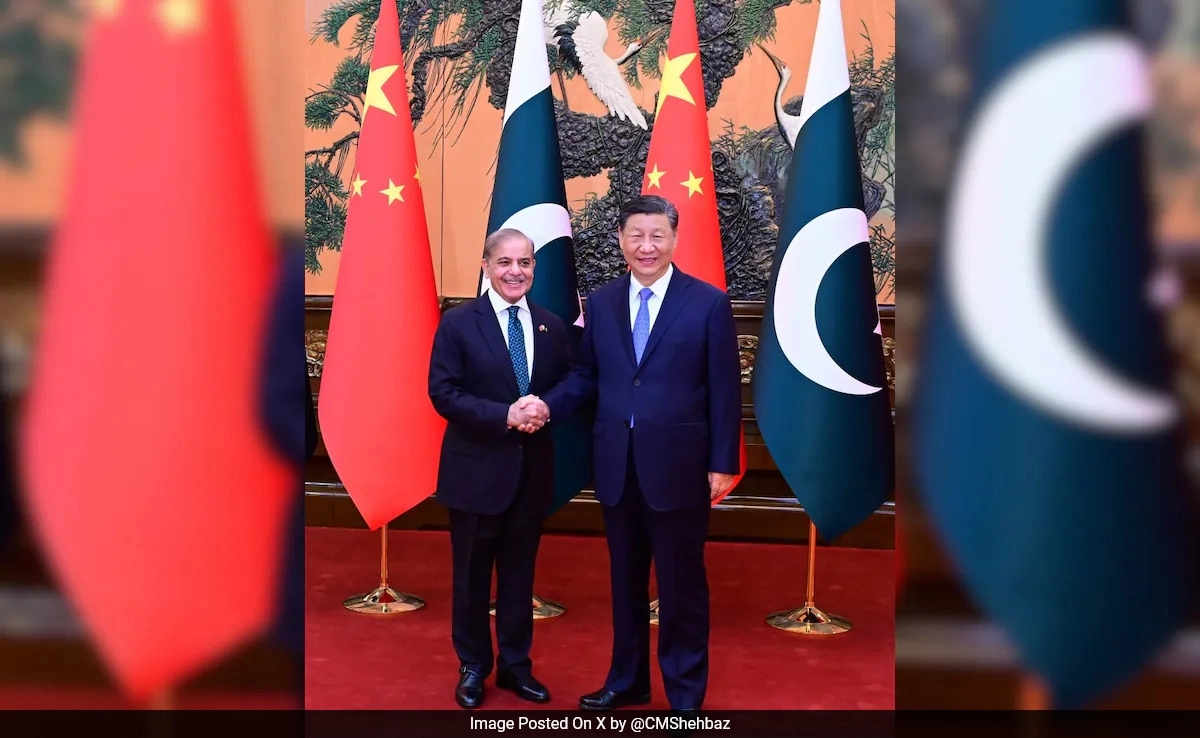In 1954, India’s Prime Minister Jawaharlal Nehru embarked on a historic visit to Beijing, marking a significant moment in the diplomatic relationship between India and China. This visit came at a time when both nations were navigating their identities in a post-colonial world, seeking to establish themselves as sovereign powers. Nehru’s trip was not merely a diplomatic formality; it was a bold step towards fostering goodwill between two neighboring giants in Asia. The trip highlighted the shared aspirations of both nations for peace, cooperation, and mutual respect, especially in the context of their recent liberation from colonial rule.
During the visit, Nehru engaged in discussions with Chinese Premier Zhou Enlai, focusing on various issues including trade, cultural exchange, and the need for peaceful coexistence. This dialogue was underpinned by the Five Principles of Peaceful Coexistence, which emphasized respect for territorial integrity and non-interference in each other’s internal affairs. Nehru’s vision was to build a strong foundation for a partnership that could serve as a model for other developing nations. The interactions between the leaders were characterized by a spirit of camaraderie, as they sought to navigate the complexities of their respective political landscapes while promoting regional stability.
However, despite the optimism that surrounded this visit, the seeds of future tensions were also sown. The differing interpretations of territorial boundaries would later escalate into significant conflicts, notably the Sino-Indian War of 1962. Nehru’s tour, while initially seen as a triumph of diplomacy, would eventually become a poignant reminder of the fragile nature of international relations. The complexities of nationalism, historical grievances, and geopolitical ambitions would continue to challenge the relationship between the two countries. Thus, what began as a hopeful journey into the heart of China would eventually evolve into a complicated and often contentious partnership, reflecting the intricate dance of diplomacy in a rapidly changing world.




